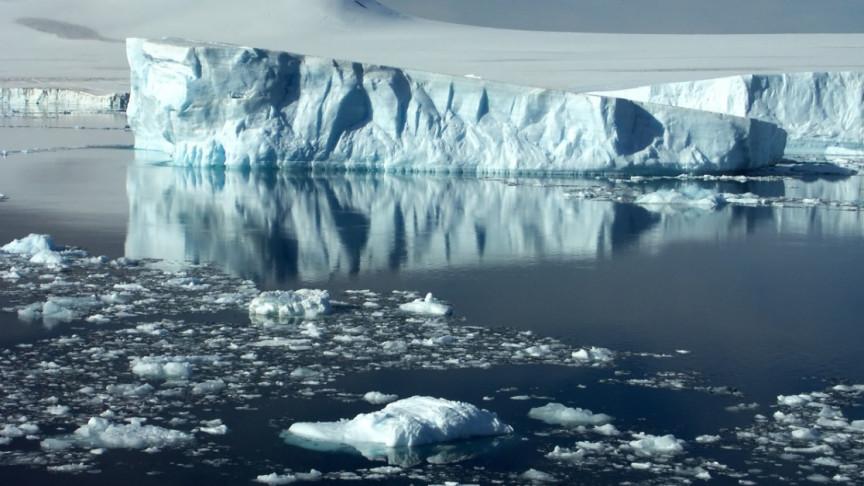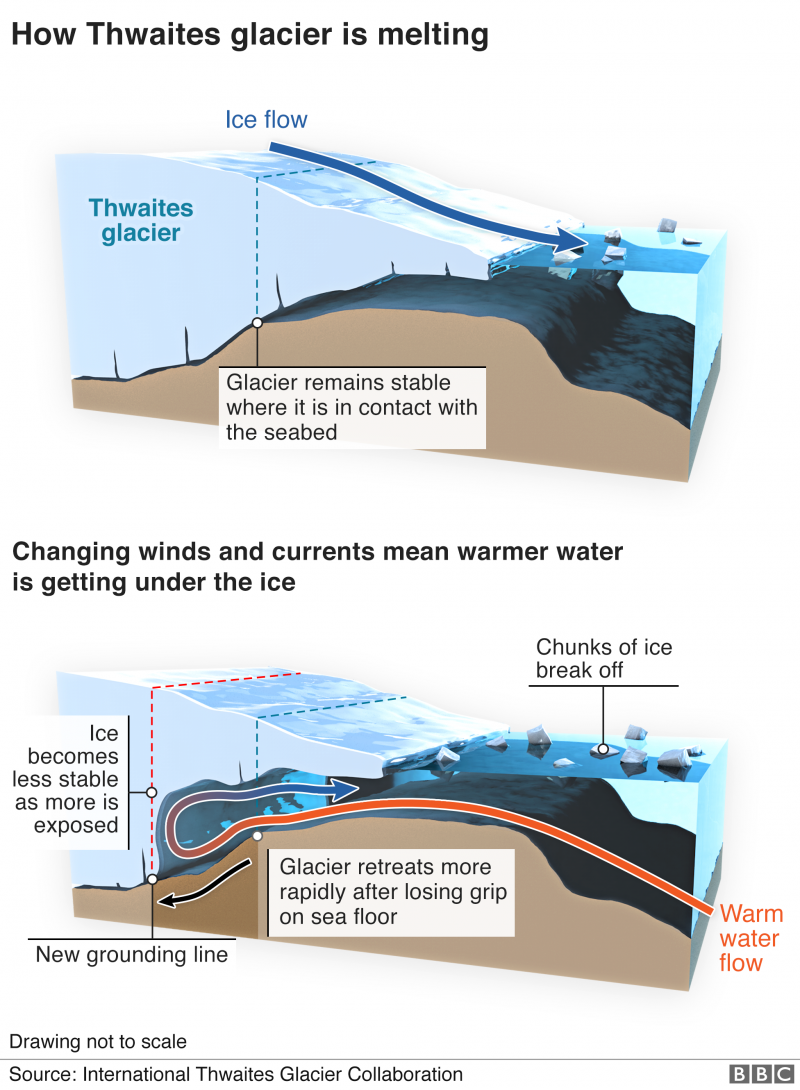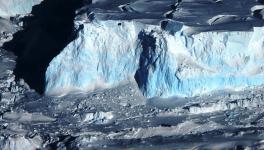Scientists Successfully Drill into Remote West Antarctica Glacier

Image for representational use only. Image Courtesy: Interesting Engineering
Thwaites glacier is one of the remotest places in Antarctica. Situated at the Western part of Antarctica, the Thwaites glacier is apparently the most vulnerable to melting due to climate change. It also accounts for 4% of the world’s sea level rise. But it has remained something of an enigma for the glaciologists, climatologists how melting of this glacier is happening and at what speed.
For the last two months, battling stormy conditions and extreme low temperatures, teams of scientists could successfully drill through the ice in Thwaites and could also lower a torpedo-shaped robot, named Icefin. The aim is to get the information from deep of the glacier to have an assessment about the dynamics of melting.
The Thwaites glacier covers an area of 192,000 square kilometre, size equivalent to that of Britain or Florida. Over the last 30 years, the amount of ice flowing out of Thwaites has almost doubled and the ice out of it moving into the Amundsen sea is contributing to 4% of the sea level rise per year. If the glacier collapses, then the amount of water it would deposit, would be enough to a global sea level rise of about a meter. This is really worrisome, a catastrophe in the future. Scientists want to assess how fast this can happen.
Why Is Thwaites Glacier Important?
Antarctica’s ice amounts for 90% of world’s fresh water and 80% of it is in the Eastern part of the continent. The ice in the Eastern Antarctica is thick and it rests on high ground. Its average thickness is of more than a mile.
On the other hand, Western Antarctica has a very different geography. Not only that, it is also more susceptible to change. The Western Antarctica ice does not rest on high ground. In fact, major portions of the ice bed remain beneath sea level.
The gradually warming sea water constantly touches the ice bed of the glacier and as a result, melting of the ice also increases over time.
The figure below provides with a quick explanation of the process.

Image Courtesy: BBC
Drilling into the Glacier
Five teams of scientists in a US-UK joint project have been working on Thwaites glacier for the past few months. Two among these teams have drilled through the ice by 300 and 700 metre—the MELT team and the TARSAN team. Both the teams used hot water for drilling. All of these teams belong to the ITGC (International Thwaites Glacier Collaboration), a US and UK collaborative project to study the Thwaites glacier.
Lead scientist for Icefin, Dr. Britney Schmidt from Georgia Institute of Technology in Atlanta, says, “We designed Icefin to be able to access the grounding zones of glaciers, places where observations have been nearly impossible, but where rapid change is taking place. To have the chance to do this at Thwaites Glacier, which is such a critical hinge point in West Antarctica, is a dream come true for me and my team. The data couldn’t be more exciting.”
Dr Keith Nicholls, an oceanographer and the UK lead of the MELT team was quoted to have said, “We know that warmer ocean waters are eroding many of the West Antarctica’s glaciers, but we’re particularly concerned about Thwaites. This new data will provide a new perspective of the processes taking place so we can predict future change with more certainty.”
With the success, it is hoped that the dynamics of ice melting of the Thwaites glacier, one of the most vulnerable places in Antarctica to the climate change, can be understood. The analysis of data, both visual and otherwise, provided by Icefin, is expected to provide better understanding of how fast the Thwaites glacier is melting with the climate.
Get the latest reports & analysis with people's perspective on Protests, movements & deep analytical videos, discussions of the current affairs in your Telegram app. Subscribe to NewsClick's Telegram channel & get Real-Time updates on stories, as they get published on our website.















